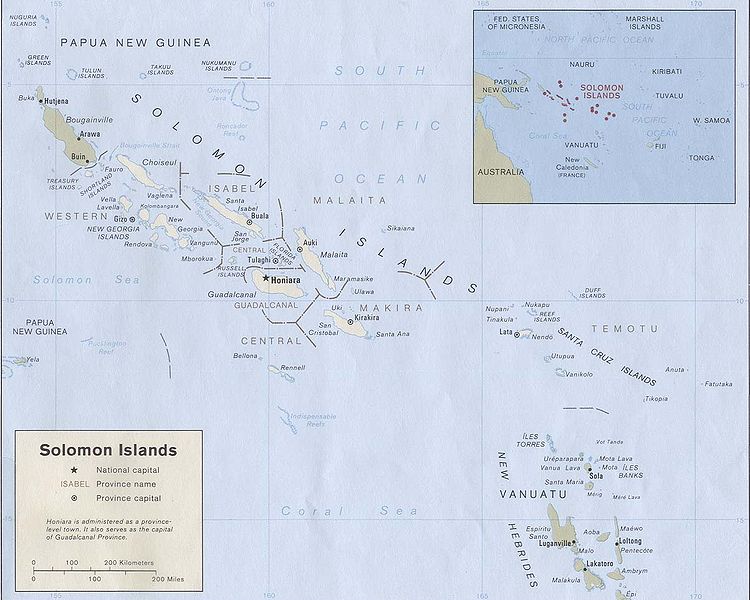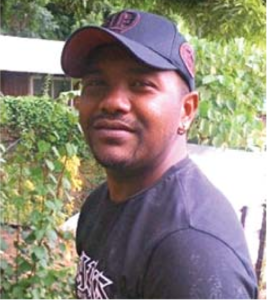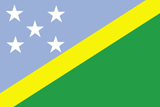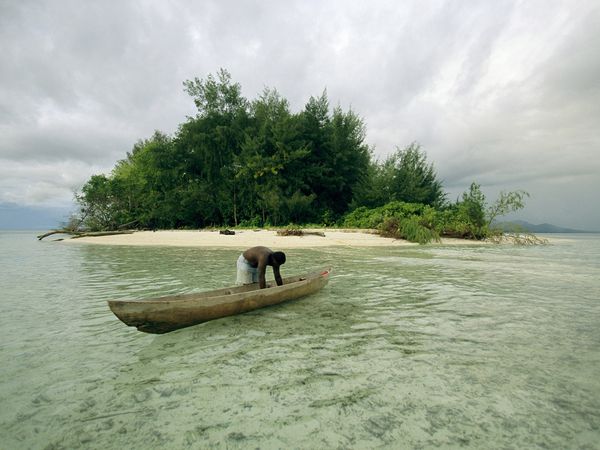
Discover somewhere different….in Solomon Islands
- Date 2012-08-01 02:05
- CategoryStory
- Hit1740


Say hello to Andrew Prakash (2012 MDP, Solomon Islands), Solomon Islands’ first student-ambassador to KDI School!
Hailing from the Western Province, the last province of Solomon Islands to gain independence from the United Kingdom, Andrew comes across as shy and quiet, but as the quote goes, “silent waters run deep.” As Director of Economic Planning, under the Ministry of Development Planning and Aid Coordination, Andrew interacts with all line ministries by overseeing the appraisal and monitoring of FDI-sponsored projects in all ten provinces of this island-country. That’s a job our quiet guy won’t shy away from.
Where exactly is the Solomon Islands?
“The Solomon Islands is an island-country located in the South Pacific Ocean, and is situated northeast of Australia and east of Papua New Guinea. The Western Province, where my family comes from, houses the largest international port in the country,” shares Andrew.
Nearly one thousand islands—992 to be exact—comprise the country, covering an area of approximately 28,400 square kilometers, roughly one-third the size of South Korea. The islands are south of the equator, subject to a tropical climate all-year round. “Our climate provides us with one of our major industries, i.e., tourism,” Andrew adds. “You can find the largest raised coral atoll and salt water lagoon in my country. I will be your personal tour guide when you come to visit my beautiful country.”
The capital of Solomon Islands is Honiara, located on the island of Guadalcanal, the largest island in the country. Andrew is currently based in Honiara, together with his wife, who also works as a government official for the Ministry of Public Service.
Melanesian people are believed to have inhabited Solomon Islands for thousands of years. As of July 2011, the population in Solomon Islands is estimated at about 580,000. English is the official language, but Melanesian pidgin and 120 indigenous languages are still spoken. According to Andrew, “Pidgin English based on American English is the unifying language for all the Islanders.”
Another distinguishing feature of the island society is its matrilineal system, especially when it comes to land. “Women and mothers rule the land. Land ownership is transferred from mothers to daughters; sons are allowed to till and cultivate but not own. Furthermore, the word of the mothers is usually followed,” Andrew reveals. Asked if he would consider changing this system, Andrew said he was happy with the tradition, like majority of his fellow males are. A woman’s roles in both household and community governance are definitely appreciated in Solomon Islands!
Following 77 years of colonial rule under the UK (apart from the war years of 1942 to 1945 when Japan occupied the islands), Solomon Islands became an independent country in 1978. A member of the Commonwealth, it follows the system of Constitutional Monarchy. The country belongs to the Melanesian Spearhead Group (MSG), a Free Trade Area Agreement. Other member-countries are Fiji, Vanuatu and Papua New Guinea.
Because of its history, multiculturalism is universally accepted and acknowledged. In fact, Andrew shares that a Korean, who has been a resident of the island-country for the past twenty years, has opened opportunities for islanders by setting up businesses and even building his version of Hyundai Mall. In the past several years, tourists and investors from Korea have flocked to Solomon Islands, aware of its potential for investments. The main industries of the Solomon Islands include tuna fishing, mining, timber, copra and palm oil.
Seven months into his stay in Seoul, Andrew has now adjusted to the weather of his host country, although he admits to missing the warm climate back home. He also confesses that he likes Korean grilled pork and beef, and cucumber kimchi. Yet there is one eating tradition that he greatly misses, “baua” or the custom of chewing and eating betelnuts.
“Chewing betelnut (the seed from the areca palm tree found in the Pacific region, Asia and some parts of Eastern Africa, wrapped in betel leaf) is a community tradition that dates back thousands of years from South Asia to the Pacific. I really miss betelnut because I used to eat them five to six times a day in my country. There is no such thing here in Korea,” Andrew sighs.
Interesting Facts about Solomon Islands:
- The world''s largest salt water lagoon, the Marovo Lagoon, can be found in the island of New Georgia, Solomon Islands.

- The world’s largest raised coral atoll can be found in East Renn
ell, Solomon Islands. - The largest lake in the South Pacific, Lake Tegano, which measures 15,500 hectares, is located in the province of Rennell Bellona, Solomon Islands.
- Most of the land in Solomon Islands is covered by rainforests.
- The Arnavon Islands provide an important nesting area for the endangered Hawksbill Turtles.
- The giant Solomon Island skink, a type of lizard, is only found on the islands.




By Maria Charmaine D. GUEVARA (2012 MDP, Philippines)
Related News
No Contents.
